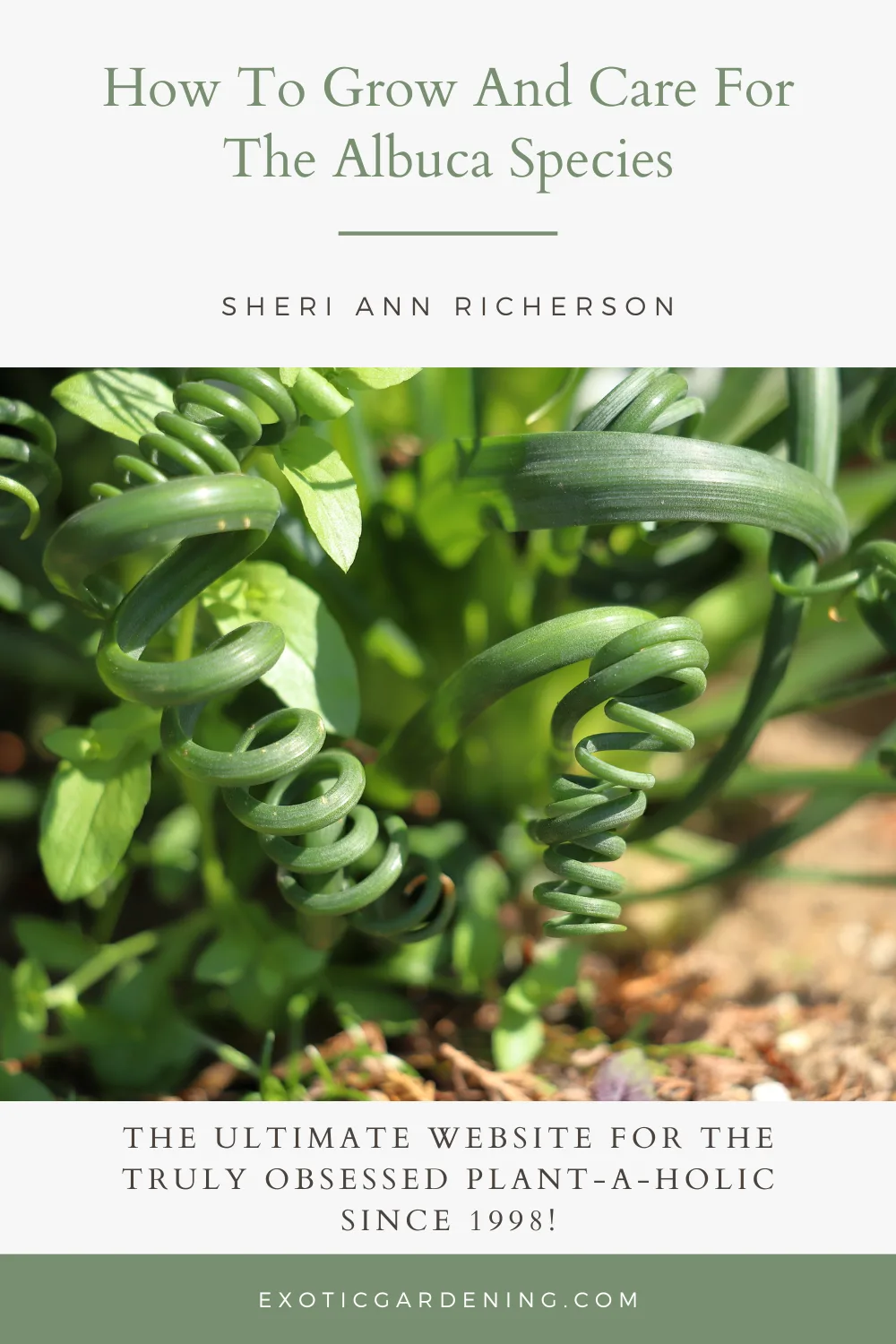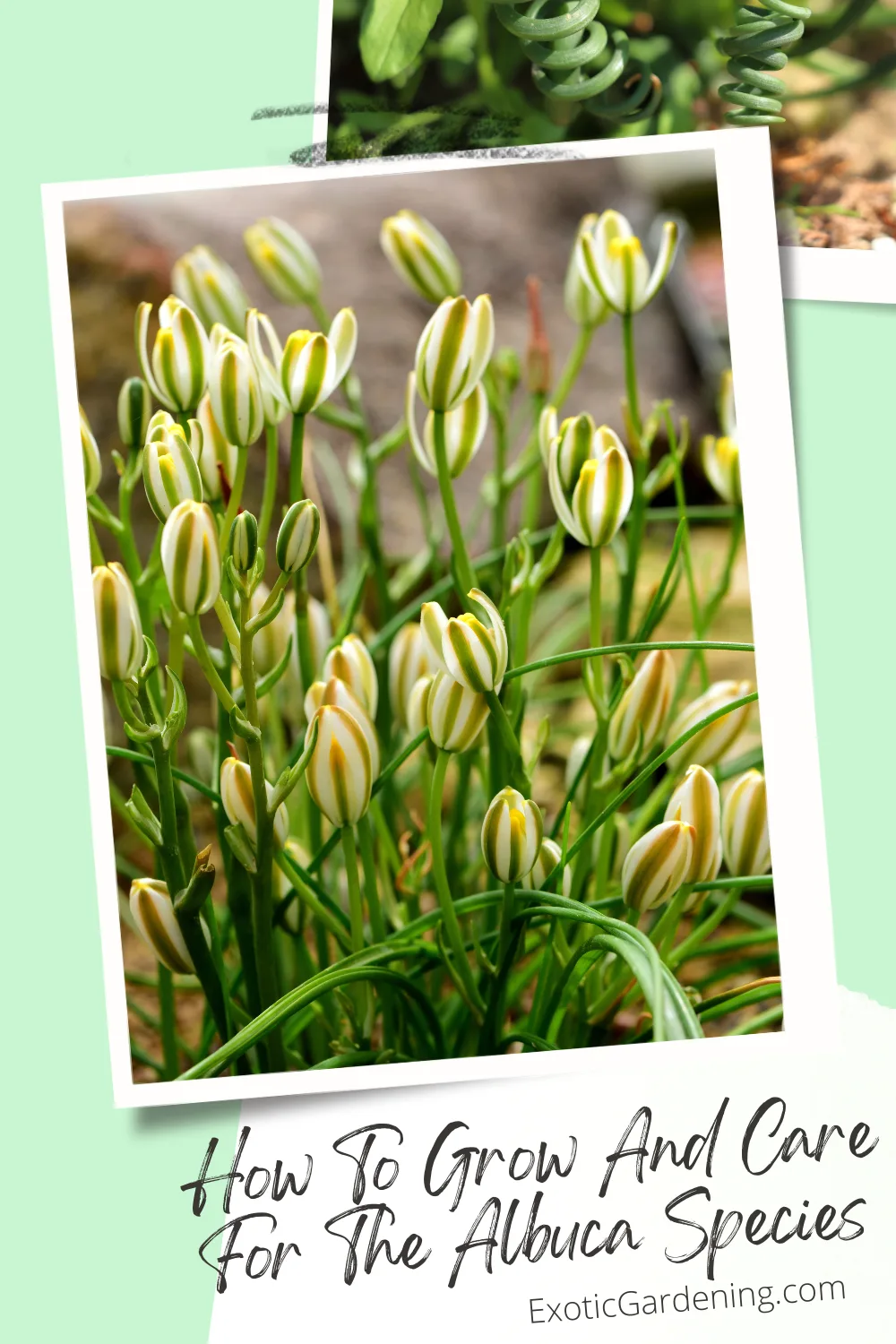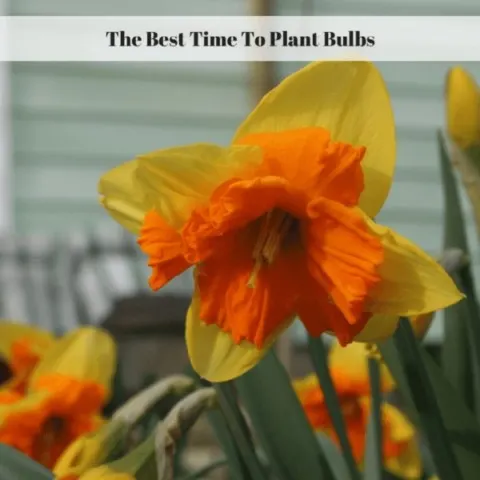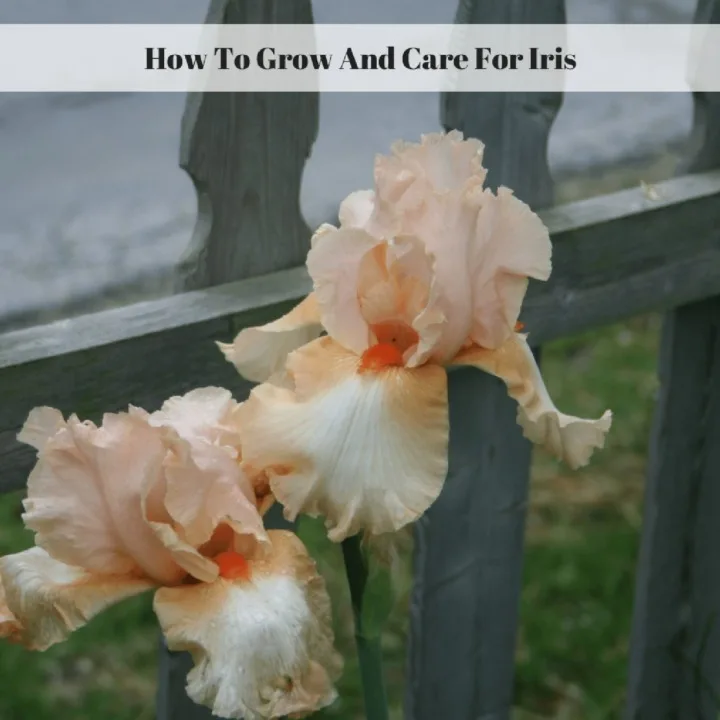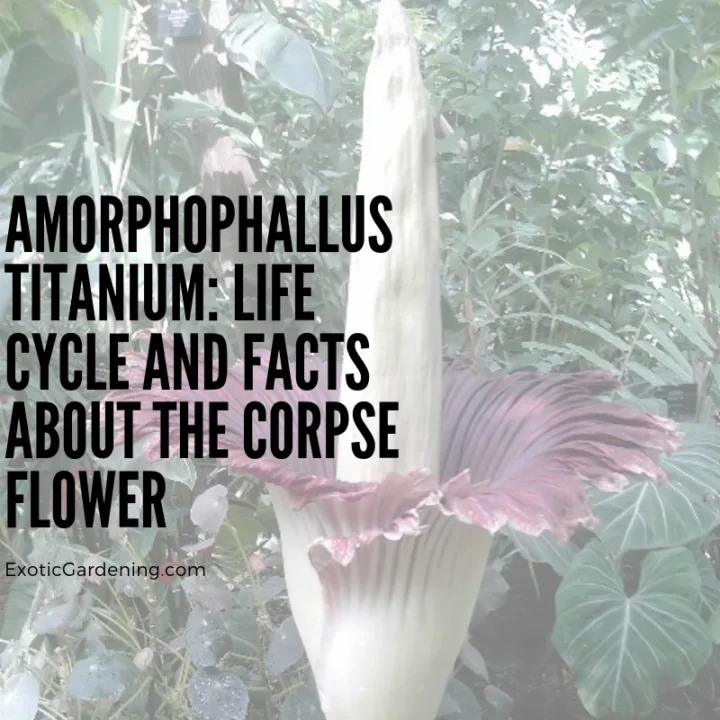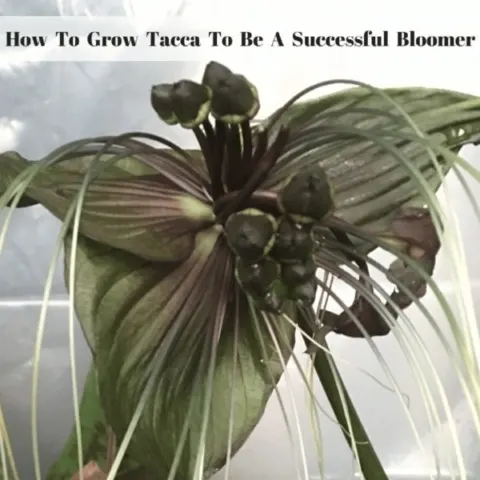I fell in love with the corkscrew leaves of the Albuca species and knew I had to add this to my plant collection.
Of course, living in Indiana it can be a bit difficult to obtain fresh seed from other countries, so I joined several plant societies including the Pacific Bulb Society in hopes of obtaining seeds.
I was able to obtain some seeds that were simply marked Albuca species short and Albuca species.
Here is my experience germinating Albuca species seeds and growing the plant in cultivation.
How To Start Albuca From Seed
Albuca seed is short lived, so it needs to be less than six months old.
Seeds that are sown as soon as they are ripe often have a 100% germination rate.
Two clones are necessary in order for the plants to set seeds, but there are exceptions.
Sometimes when seed is desired, but there is one one clone, the pollen can be microwaved for 15 to 20 seconds, then mixed with fresh pollen.
This pollen mixture must be applied twice a day to the pistil for seven days - and then you wait to see if the cross was successful.
I was able to obtain fresh Abuca species short seed and also an Albuca species seed.
Here is how I chose to germinate them.
I laid seeds of Albuca species short on top of vermiculite in a peat pot on October 26.
The seeds germinated on November 1.
The regular Albuca species was also started in the same manner.
Those seeds germinated on October 31.
On average it takes three years for seed grown plants to flower.
How Do You Grow Albuca?
Albuca is a tough plant hailing from the desert region in South Africa.
A well drained potting mix is essential.
Most Albuca prefer to be grown in full sun, but there are a few exceptions to this rule.
They are not frost hardy, so need to be protected, even if it is only a light frost that is expected.
Albuca Varieties
Albuca is a genus of more than 100 species.
Most of them occur in South Africa.
All of them grow from bulbs and have a dormancy period where they lose their leaves after flowering.
Here are just a few of the varieties of Albuca you might want to grow:
- Albuca abyssinica
- Albuca acuminata
- Albuca aurea
- Albuca batteniana
- Albuca cooperi
- Albuca crispa
- Albuca dilucula
- Albuca fastigata
- Albuca flaccida
- Albuca hunilis
- Albuca nelsonii
- Albuca osmynella
- Albuca pendula
- Albuca secunda
- Albuca setosa
- Albuca shawii
- Albuca suaveolens
- Albuca tortuosa
- Albuca unifolia
Albuca humilis
Albuca humilis is hardy in USDA Hardiness Zones 9a to 11.
It can be grown as an annual.
It prefers full sun, but does best if it receives some afternoon shade.
The height varies from 6 inches up to 12 inches.
It blooms from mid summer through early fall.
It is said to have a light fragrance, sometimes said to smell similar to marzipan, when it blooms.
It is winter dormant, so the leaves will dry up and fall off.
In the spring the bulb sends up long stems which bear one to three white-green flowers.
It is drought tolerant once established and thus suitable for xeriscaping.
Albuca humilis Care
When you first plant Albuca humilis, water it well to help it establish, then cut back on the watering.
Allow the soil to dry out between watering.
Keep the soil on the dry side during the winter dormant period so the bulb does not rot.
A good rule of thumb is to check the soil to see if watering is needed once every two weeks in the spring in summer, once every two months in autumn and to completely avoid watering during the winter months.
A good well draining succulent soil or a potting soil amended with sand or pumice is recommended.
Fertilize the plants once a year in early spring using the diluted recommendation on the fertilizer label.
Cut off any yellowing or dying foliage.
Normally this plant does not require repotting.
It is also normally pest and disease free.
Albuca shawii
Albuca shawii is native to South Africa's Eastern Cape to Limpopo Province.
The flowers are yellow with green stripes for the most part, but can also be white.
The flowers have an almond or pineapple scent and the foliage has a slight licorice scent when crushed or rubbed.
It flowers in summer and prefers full sun.
It has a moderately fast growth rate but does need sandy, fertile, well-drained soil.
This plant is winter dormant.
Follow the care tips for Albuca humilis (above) and your plant should be happy.
Bulbs and Rhizomes
Dive into the fascinating world of bulbs and rhizomes with our curated collection of blog posts! Whether you're a seasoned gardener or just starting your journey, you'll find everything you need to plan, plant, and care for these stunning plants. From classic spring favorites like tulips and daffodils to summer showstoppers like gladiolus and cannas, our posts cover a wide variety of blooms to suit any garden style.
Learn how to choose the best bulbs and rhizomes for your region, plant them at the right time, and care for them season after season. With expert tips on soil preparation, watering, and pest resistance, you’ll be equipped to create a garden that’s vibrant and thriving.
Explore the endless possibilities and let these versatile plants bring bursts of color and texture to your garden year-round. Start planning your dream garden today!
Daylilies: Attractive, Colorful, Easy To Grow Garden Gems
Daylilies are popular garden plants that are colorful, easy to grow and multiply rapidly. They are also drought tolerant.
Worselya rayneri Culture And Propagation
Learn how to grow, flower and propagate the endangered plant, commonly known as the Empress Of Brazil, Worseyla rayneri.
How To Grow Amaryllis
Learn how to grow Amaryllis from seed as well as how to care for your Amaryllis plant indoors and what to do with it after flowering.
Bulbs to Plant In January: Get a Head Start on Cut Flower Production
Plant bulbs in January in a heated greenhouse to get a head start on cut flower production. Then interplant herbs, vegetables and annuals.
Spring Flowering Bulbs: The Cutting Garden
Plant spring flowering bulbs in the greenhouse or even indoors in February and March for gorgeous blooms in spring or mid-summer.
Forcing Bulbs Indoors For Early Spring Blooms
Forcing bulbs indoors is a great way for those without greenhouses to have flowers in bloom during the winter months.
Blooming Brilliance: Mastering Spring-Flowering Bulbs in Hot Climates
Discover the secrets of coaxing bulbs to bloom in hot climates. Get expert tips for vibrant, resilient floral displays.
Brighten Your Garden This Spring With Miniature Daffodils
Brighten your garden this spring with miniature daffodils! Discover their vibrant colors, unique varieties, and easy-care charm.


